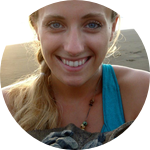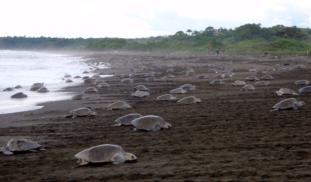150
1
0
Like?
Please wait...
About This Project
During the mass nesting of sea turtles, thousands of turtles emerge from the ocean to lay their eggs along a small stretch of beach. Despite our fascination with this natural phenomenon, almost nothing is known about how sea turtles manage to synchronize their behavior in this way. Our experiment will test whether sea turtles use olfactory cues to coordinate mass nesting behavior. Our results will inform conservation management to protect the future of this incredible natural phenomenon.


